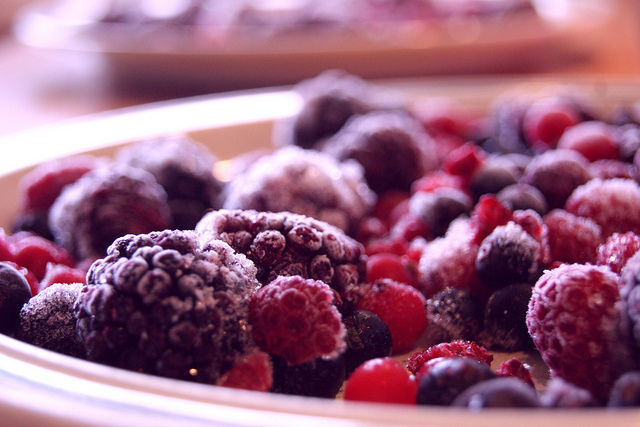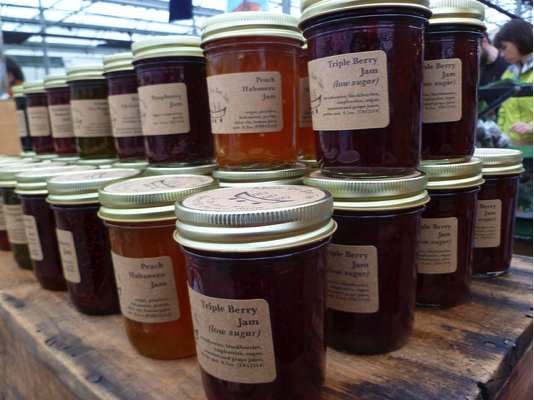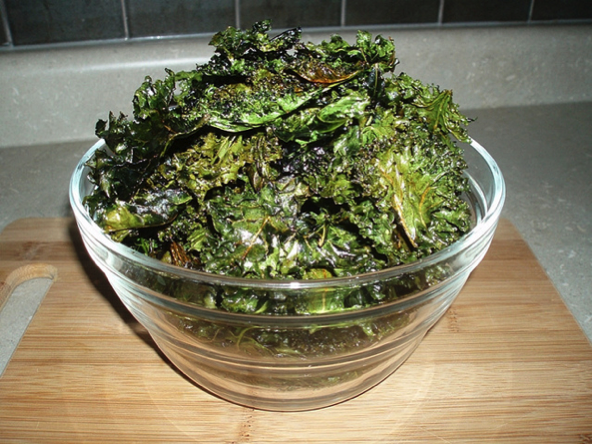By Caitlin Porter, Seacoast Eat Local Intern
With summer upon us, and temperatures rising, local produce is as abundant as ever. Tomatoes, cucumbers, strawberries, greens, beets, radishes, and many more fruits and vegetables are available at the markets and farm stands. However, it is easy to get carried away when shopping (or berry picking!) and end up with more produce than you know what to do with. Preserving your produce is a great way to be cost-effective and save money by not throwing away spoiled produce.
Produce is not shelf stable and will go bad relatively quickly. There are many ways to preserve fruits and vegetables so that you can enjoy them during their off season, or when you begin to run low. Preserving food through canning, freezing, and dehydrating can make it last much longer while preserving the amazing flavors and nutrients.
Here are the basics:
Canning includes making jams, preserves, jellies and pickling. There tends to be a concern for food safety with canning but there is no reason to worry if you follow a recipe and take the necessary steps. Start with the Home Canning Guide and find plenty of tested recipes at the National Center for Home Food Preservation
Freezing is, in my opinion, the easiest method of preservation. However, not all things can just be placed in the freezer. For example, many greens need to be blanched before freezing. Following this guide will show you how to freeze and then thaw your fresh produce. Frozen berries are a great addition to yogurt and smoothies!

Dehydrating (drying) is the process of removing water from a food. This is a great method because dehydrated foods require no refrigeration. This guide has great info on how to prep foods for dehydrating, as well as 3 methods: natural sunlight, oven, and electric dehydrator. Kale chips are a great snack for the whole family!
Sources:
https://pubs.ext.vt.edu/348/348-597/348-597.html


